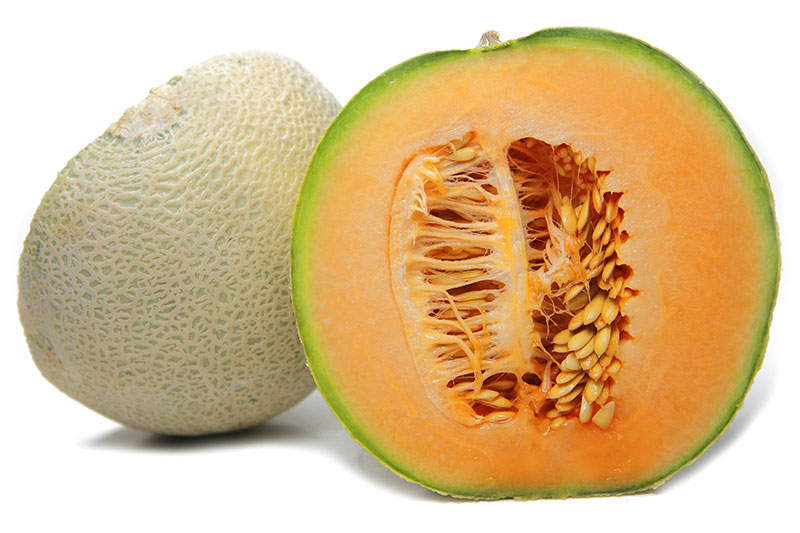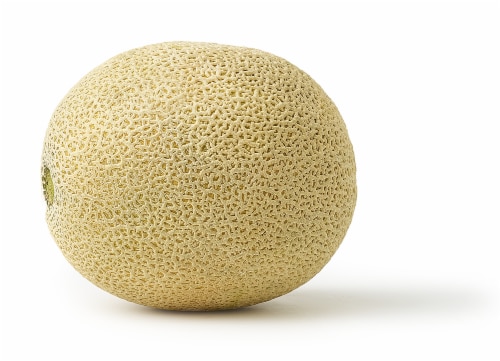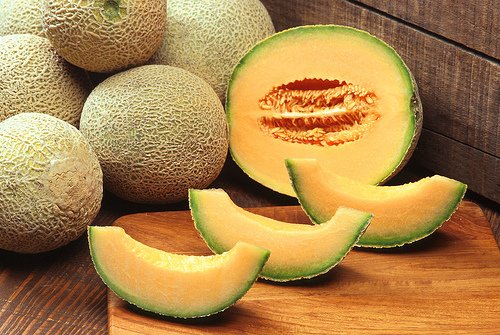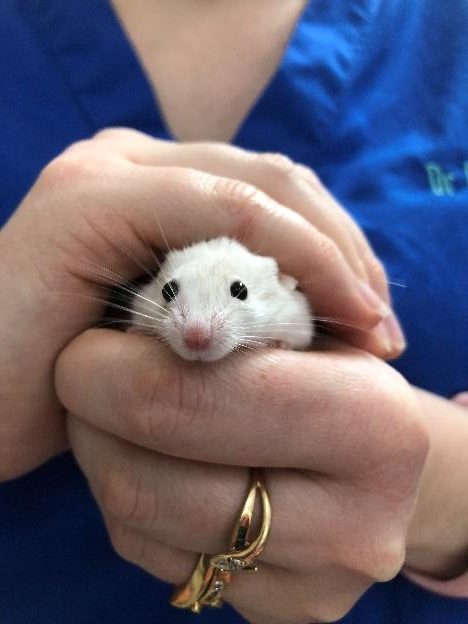Mouse and rats are adorable little creatures, they look super cute when they hold their food with those tiny little hands and nibble on it. Rats are omnivorous, which means they can eat both veggies and meat. Their diet must consist of both elements; it must be a balanced nutritious diet. To lengthen the life of these little creatures it is very important to give them a balanced and appropriate diet. Since a mouse is a very tiny animal with a small body, it is very significant that only high-quality food goes into its body for optimal health. You always need to buy organic and preservative-free food for your little friend. Moreover, obesity is one thing that shortens the lifespan of a mouse, so be very careful of what you are providing it to eat to help him maintain his weight and lead a long and healthy life.
It is a common belief that mice love eating cheese and only cheese, however, for their optimal health it is important that their diet contains much more than that. A mouse is an omnivore and they require varieties of nutrients in their diet, by providing the mouse with a properly balanced diet you are helping it live a long and healthy life. A mouse should mostly eat vegetables, fruits, nuts, meat, low-fat dairy products, and carbohydrates. There are good quality pellets available in the market for a mouse to eat so that it can meet all the nutritional needs. Meat pellets make twenty percent of the mouse’s diet and the remaining twenty comprise fresh foods.
Can a Mouse Eat Cantaloupe?

A simple answer to that would be yes. A mouse can eat melon or a cantaloupe; it is certainly safe for your little pet. A diet of a mouse consists of a variety of fruits, veggies, and fresh foods; it consumes different types of vegetables so it is safe for it to have a cantaloupe.
What should a Mouse Eat?
Vegetables– Diet of a mouse consists of fresh foods which include veggies as well i.e. celery, carrots, snow peas, herbs, zucchini, capsicum, broccoli, corn, cucumber, beans, peas, and beetroot.
Fruits– Apples, bananas, pears, tomatoes, melon, and stone fruits.
Dairy– Mouse can have cheese, yogurt, and low-fat dairy products.
Treats– Nuts, seeds, fruits, vegetables, low-fat dairy products.
Carbohydrates– A mouse’s diet consists of 80 percent of carbohydrates i.e. high-quality pellets, brown rice, oats, and whole-wheat pasta.
Protein– Meat certainly has to be present in the mouse’s diet for it to meet its nutritional needs. The protein sources include; kidney beans, meat, butter beans, chickpeas, flax seeds, raw nuts, unsalted nuts, insects, and lentils. Make sure that all the protein sources are organic and thoroughly washed.
The dietary requirements of a pet mouse and a lab mouse are not the same; their optimal nutritional and dietary needs are very different from each other, so they must be fed accordingly. The fat content in the diet of a mouse must not be more than five percent according to the requirement of the mouse.
Further, out in the market, there are seed and grain mixes available to feed the mouse, but the mouse will pick out its favorite items from the mix and leaves out everything that it should eat. Since the mice like the taste and texture of seeds better; it leaves all the other important contents and eats the seeds only which eventually affects the health of the mouse. This is the reason seed mixes are not recommended to give to the mouse, seed should only be offered as a treat to give to your pet. Fresh, clean water should also be provided to a mouse at all times. The fruits and vegetables will offer some hydration but a water bowl should also be available at all times.
Mouse Feeding Guide

A mouse should be fed a combination of fresh fruits, veggies, and a small amount of good quality meat. Good quality meat comes in the form of rat pellets; they contain protein and fat content in an appropriate quantity.
Some fruits and vegetables that a mouse can eat are apples, melons, broccoli, cabbage, berries, tomatoes, corn, beans, etc.
You must avoid feeding grain or seed mix to the mouse because they are too high in sugar and fat content and can eventually cause obesity in the mouse. Remember that a mouse is very prone to becoming obese and that is the biggest problem for a mouse. Your little pet has to have access to fresh and clean water all the time. Further, make sure that any changes or alterations in the diet of a mouse should be slowly and gradually to avoid gastrointestinal problems.
Cereals, seeds, bread, sweets, cooked pasta, and rice are some of the food that should be given to a mouse only as a treat and not as a daily meal; these foods can be given in a small portion only or else they can cause toxicity in the mouse and upset it.
Toxic Foods for Mouse
- Garlic
- Onion
- Avocado
- Tea
- Alcohol
- Chocolate
- Coffee
Avoid foods that are high in fat and sugar i.e. ice cream, lollies, and fast foods.
Some foods are not very ideal for a mouse to eat, they might willingly eat a few of these toxic foods but they shouldn’t have access to these anyhow. Foods that are high in fat and sugar are very toxic for your little pet i.e. cookies, candies, chocolates, bacon, and peanut butter, these foods should never be fed to mice. It is a popular belief that cheese is the most favorite food of mice but that is not the case, usually, they like having bread, wheat, and pasta.
Also, apart from other bad foods, there are a variety of human foods that are fatal for the health of a mouse, these foods include raw beans, onions, grapes, raisins, and walnuts. Spicy and hot foods are also inappropriate for mice; they cause toxicity in the small animal’s belly, so it is better to keep your pet away from it even if he likes having spicy Indian or Mexican foods now and then. Unless you have a confirmation from your vet about a certain food, do not let your mice consume it. Safety always comes first!
When to feed your pet Mouse?

Mouse owners tend to fill up a bowl with mouse feed and then refill it when needed but this is not the ideal case. A small container with fresh food should be provided to your pet daily, every day the left out or remaining food must be discarded to the risk of your mouse eating the spoiled food and getting sick. A few large blocks of pellets are enough to form your mouse for a day in addition to a small number of fresh veggies or fruits. It is recommended to provide your mouse with some variety since it loves to have a change in taste now and then. An occasional treat of seeds, crackers, or cereal is also fine but it should not exceed 10 percent of the regular diet. It is shown that an adult mouse eats about four grams of food in a day and that is around 100 calories a day. However, these numbers and requirements vary depending on the genetics and activity level of your pet and the food you feed as well. It is not confusing that if your mouse is pregnant, breeding or nursing, the food requirement is bound to increase.
Things to Chew and Gnaw for the Mouse

These little creatures love to chew, nibble, shred, and gnaw on things. It is behavioral in them, it helps them keep their teeth healthy, and additionally, it keeps them entertained. Mouse loves to chew and shred things like hay cubes, cardboard, tissues, and loofah, pumice stone, shells, etc.
Further, there are certain things they like to gnaw on i.e. apple, pear, hazelnut, yucca, willow, elm, dogwood, etc. But remember to bake the softwood branches on low heat for an hour before giving them to your mouse to gnaw; it will make it safe and protective for the tiny animal.
Conclusion
It is crucial to know what to feed the mouse and what to avoid feeding them but that can get a bit confusing and unclear sometimes. Pet mice generally develop and grow on a diet that includes pellets, so you must look for commercial foods that are specially formulated for the mice. If you are facing any issue regarding the selection of food then you must contact your local vet or the pet shop owner, you can take recommendations from them. Keep the cage of the mouse very clean and provide him clean and fresh water at all times, there should be any bits and pieces of remaining leftover food in its cage. You can also give mince celery, bananas, broccoli, peas, and many more foods to snack on, they love snaking as much as humans do. We hope this article has helped you in answering your question related to your tiny little pet.
